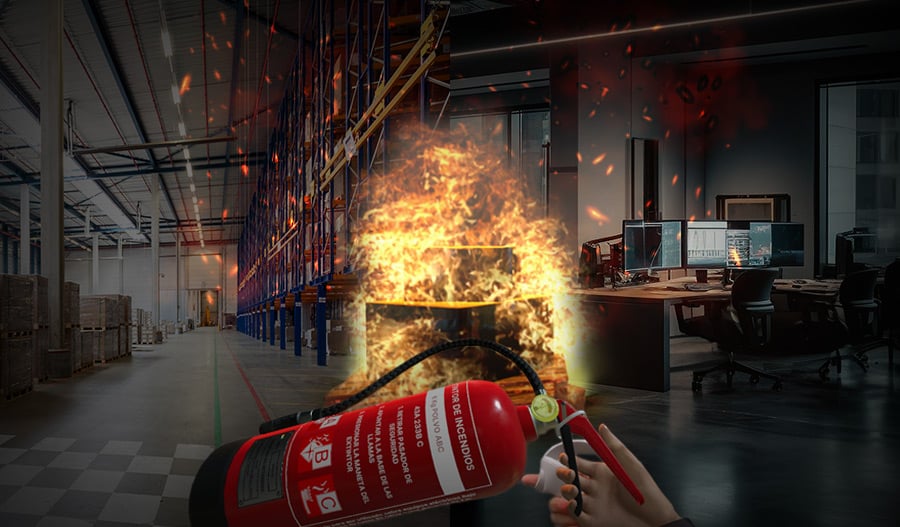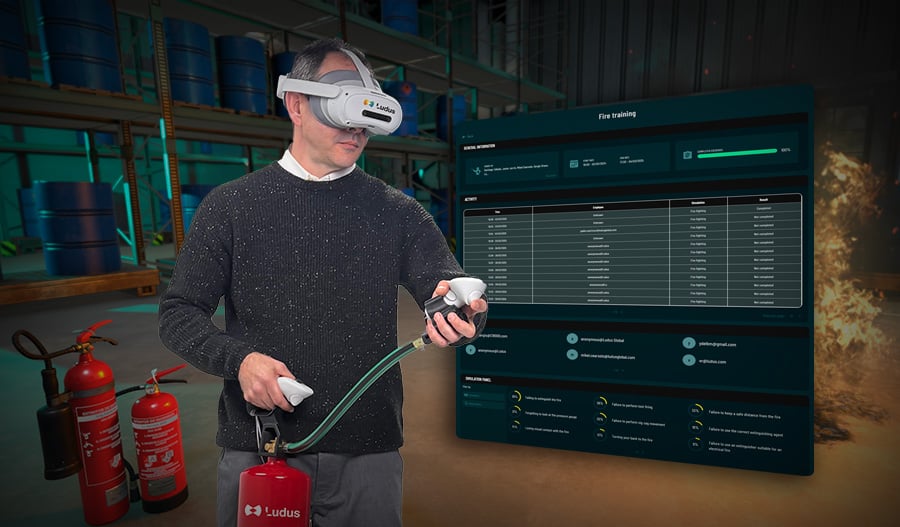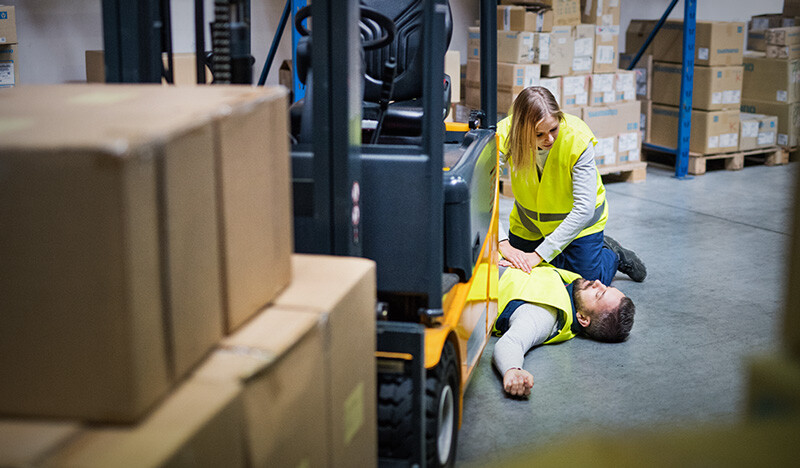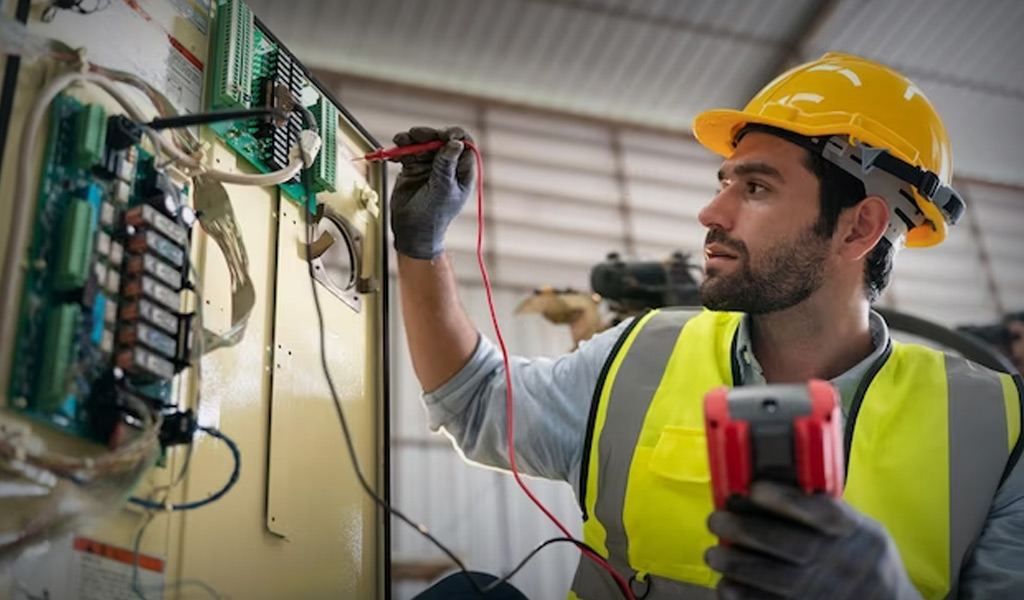Introduction to defibrillators and their importance in the business environment
Defibrillation is a medical technique that can make the difference between life and death in cases of sudden cardiac arrest. In the workplace, where the safety and well-being of employees are paramount, having defibrillators and proper training can be crucial in increasing survival rates during cardiac emergencies.
In this Ludus article, we explain this medical practice, why it is vital for businesses, and how it can be effectively implemented to protect personnel.
What is defibrillation?
Defibrillation is a medical technique that involves delivering a controlled electric shock to the heart of a person who has experienced a potentially life-threatening arrhythmia. This shock is aimed at restoring normal heart rhythm and significantly increasing the chances of survival.
Why is the defibrillator crucial for businesses?
According to the AHA, worldwide, cardiac arrest kills more than a multitude of diseases, including various types of cancer, influenza, pneumonia, car accidents, HIV, firearms, and domestic fires combined.
Cardiac emergencies can happen at any time and place. Between 400,000 to 460,000 people die each year from cardiac arrest, and 13% of these deaths occur in the workplace. Swift intervention with a defibrillator can make the difference between saving a life or facing a tragedy.
In addition to ensuring employee safety, having this device in the company can enhance corporate image and the perception of social responsibility. This can be highly valuable to customers, resources, and business partners.
The role of high voltage in safety and emergency response
In a company, its role constitutes a key component of a comprehensive safety and emergency response plan. In combination with other first aid procedures and proper corporate training, high-voltage shocks significantly increase the likelihood of survival in cases of cardiac arrest.
What is a defibrillator?
It is a portable medical device designed to deliver a controlled electric shock through the chest of a patient experiencing cardiac arrest.
How defibrillators work and their relevance in the workplace
Automated External Defibrillators (AEDs) are intelligent devices that automatically monitor the patient and determine if an electric shock is required to restore the heart rhythm.
If so, AEDs guide the user through voice and visual instructions to safely administer the shock. Their ease of use allows non-medical personnel to use them in an emergency.
Types of defibrillators and key features
There are two main types of defibrillators: external automatic (AEDs) and internal (or implanted) defibrillators.
AEDs are the most common in business settings due to their user-friendliness and ability to guide rescuers through the process. In contrast, implanted defibrillators are used in a hospital setting as their placement involves a surgical procedure.
Automatic External Defibrillators (AEDs)
These devices are designed for use by non-medical personnel in emergency situations.
- Ease of Use: Designed for use by non-medical personnel in emergency situations.
- Intuitive Interface: Clear screen and voice prompts for safe and effective administration.
- Automatic Analysis: Capability to analyze the heart rhythm and determine if an electric shock is needed.
- Quick Response: Speed up the defibrillation process by minimizing intervention time.
Internal or implantable defibrillators
These are medical devices placed inside the body, typically in the chest area, and are intended for patients with chronic or high-risk heart conditions.
- Continuous Monitoring: Designed for patients with chronic heart conditions, they constantly monitor the heart rhythm.
- Automatic Discharge: Automatically administer a shock in the event of detecting a potentially life-threatening arrhythmia.
- Surgical Implantation: Require a medical procedure to be placed in the body, usually in the chest area.
- Specific Patients: Ideal for patients who require constant monitoring and rapid response to abnormal heart rhythm.
Defibrillation and First Aid Training for Corporate Staff
The Importance of CPR Training
Having a defibrillator in the workplace is just the first step. Proper training for staff in its use and in first aid is essential to ensure a quick and effective response in emergency situations.
Strategically placing defibrillators in high-traffic areas and being familiar with their use are crucial aspects. Furthermore, employees should be aware of the defibrillators' location, how to use them correctly, and be prepared to act in case of cardiac arrest.
Training should include regular practice to maintain staff confidence and competence in real-life situations, even when using an automated external defibrillator.
Virtual Reality Training
Virtual reality (VR) has proven to be an effective tool for training in various fields. VR training with interactive CPR and defibrillation simulations is no exception.
This immersive learning methodology boosts the confidence of the staff and prepares them to handle real-life emergency situations.
There are VR training programs that simulate realistic emergency scenarios, allowing all employees to practice using defibrillators and CPR in a controlled environment.
Examples of Companies That Have Saved Lives Thanks to Defibrillation
- Airlines and airports often have defibrillators on board and in terminals.
- Shopping centers and other public spaces typically have defibrillators available in case of an emergency.
- Fitness companies where intense physical activities take place often have defibrillators on-site.
Conclusions and Call to Action: Protect Your Company with Defibrillators
Defibrillation is an essential technique that saves lives in the business environment.
It is a matter of life or death to have defibrillators and train the staff to increase the chances of survival in cardiac emergencies. With realistic workplace safety training, training costs and insurance expenses are decreasing.





















